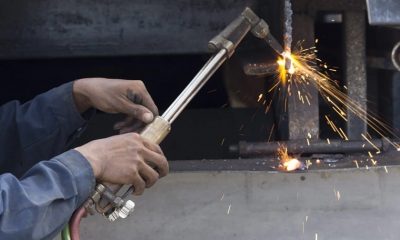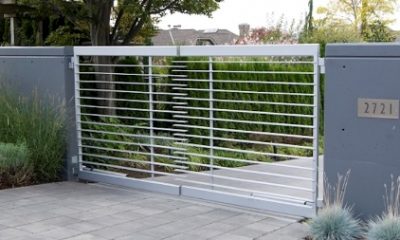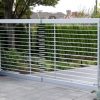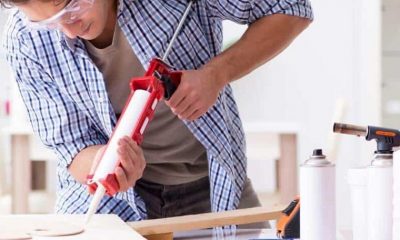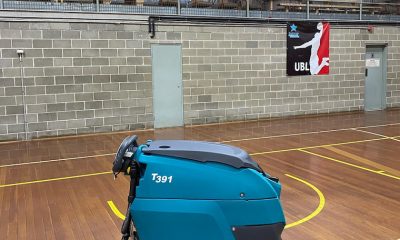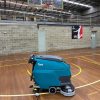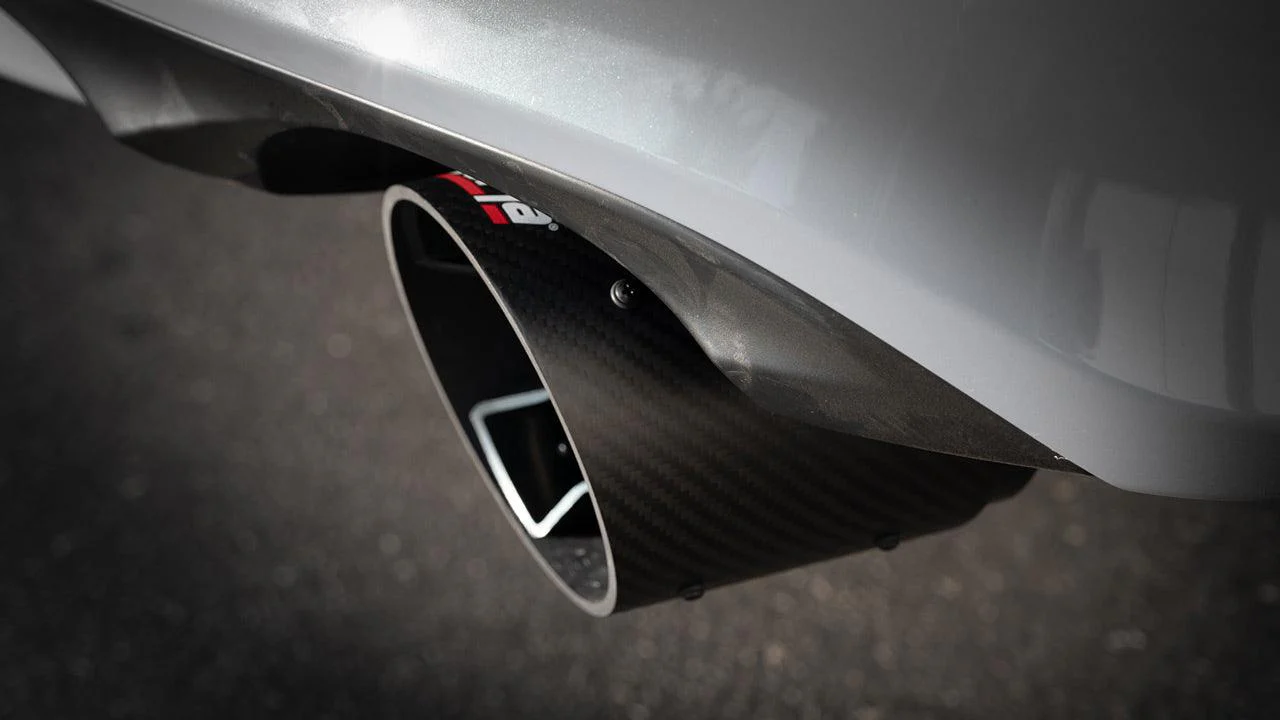Industrial Equipment
Construction Sealants 101: Types of Sealants and Their Distinct Benefits
If you’re looking for bonds that won’t break after a while, and bonds that will shut openings between spaces that are too small for other materials like timber, mortar or concrete, you should consider sealants. Sealants are used in construction to prevent fluids and other substances from going through the material joints, surfaces and openings. Further, they prevent the passage of dust, sound, air, insects and other things. Construction sealants work as fire-stopping elements as well.
They have adhesive qualities and are different from conventional adhesives by having lower strength and higher elongation. Additionally, sealants are more flexible between the substrates. In the past, people used mud, grass, and plant resins as sealants, whereas today, we have many synthetic-polymer-based sealant options thanks to the constantly developing technology. And the great thing is that by using sealants you get to protect your building or home from extreme temperatures and other unwanted things from the outside. Here is what you need to know about sealants.
Sealant Types
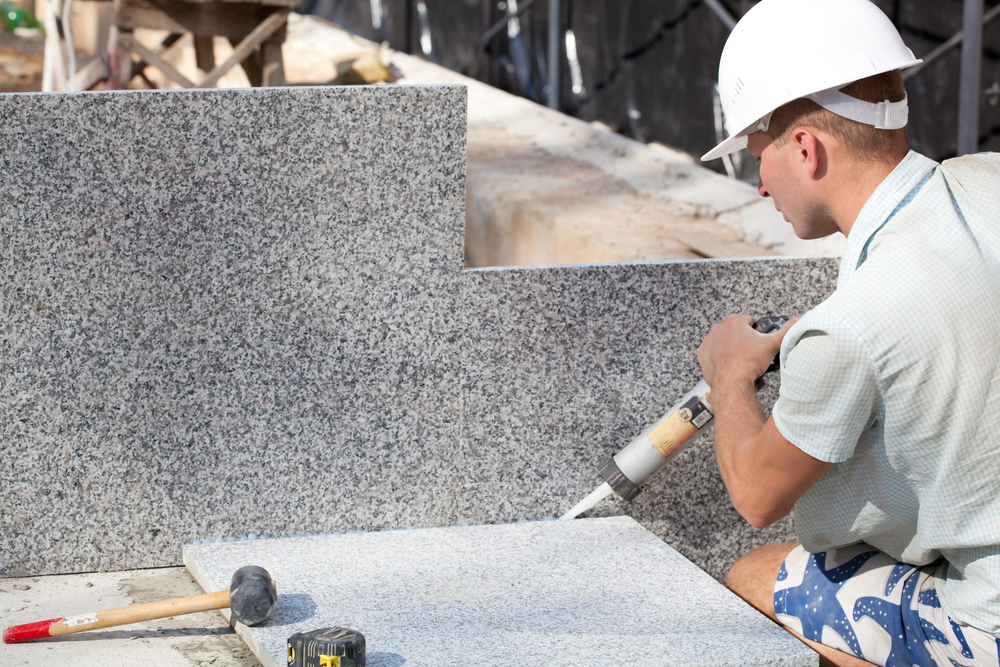
Acrylic & Butyl
These are UV stable sealants that are great for exterior applications since they aren’t prone to shrinkage. Acrylic sealants can be difficult to apply and can’t accommodate significant movements, while butyl ones adhere well to various substrates, but can be challenging to apply because of their stringier consistency. They have lower abrasion resistance and strive to accommodate movements that include shearing forces. However, butyl sealants aren’t suitable for demanding building applications.
Polysulfide
These have excellent flexibility, even at low temperatures. They aren’t prone to shrinkage or UV degradation. Polysulfide sealants can be used for underwater applications, but they are more expensive than similar sealants, and they tend to have higher levels of volatile organic compounds. Their long life expectancy is 10 to 20 years, which compensates for the higher price.
Silicone
These have great thermal resistance and excellent dynamic movement capabilities. Silicones are pricey, but if you get a quality silicone sealant, it will have great, durable performance (which is especially important if you intend to use it to fix glass or metal).
New Construction Sustainability

Designers, contractors and owners can have grand benefits from sustainable buildings. Using sustainable materials decreases the building’s environmental footprint from the get-go. Using sealants is important to better construction sustainability, as they play a big part in controlling energy consumption, enhancing structural strength, and preserving the durability of the building structure. Today’s sealant technologies allow the products to bond to numerous common building materials in various conditions. This is important since sealants improve the building’s ability to prevent or lower infiltration of rain, wind, and airborne contaminants. Also, they can exhibit a wide range of temperature performances, which enables the dynamic joints to compensate for building movement while maintaining adhesion. Sealants help preserve sustainable building materials while preventing elements from entering the building’s structure, increasing the structure’s sustainability.
Existing Construction Sustainability
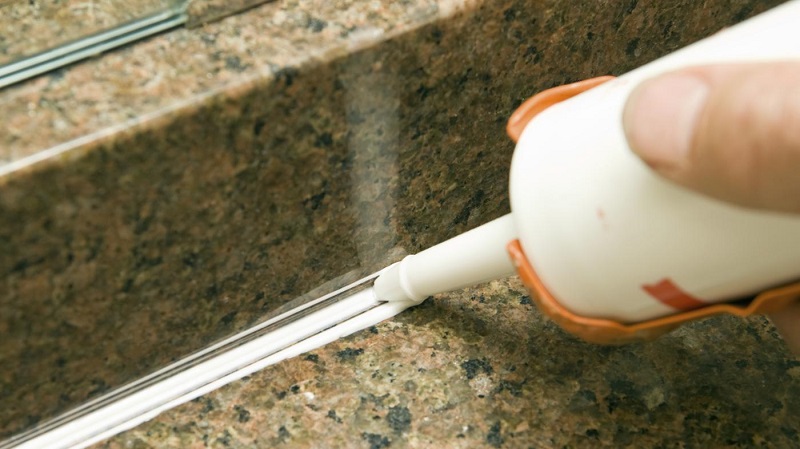
Furthermore, construction sealants offer numerous sustainability improvements for existing construction, such as increasing the longevity of service life of the repaired dynamic and static joints. Additionally, they offer a more effective and easier way to add to the overall building sustainability without replacing the current building materials. Sealants that are used in construction give financial benefits like improved return on investment, increased resale value, and reduced energy costs.
Silicone Sealants Are Great Insulating Material
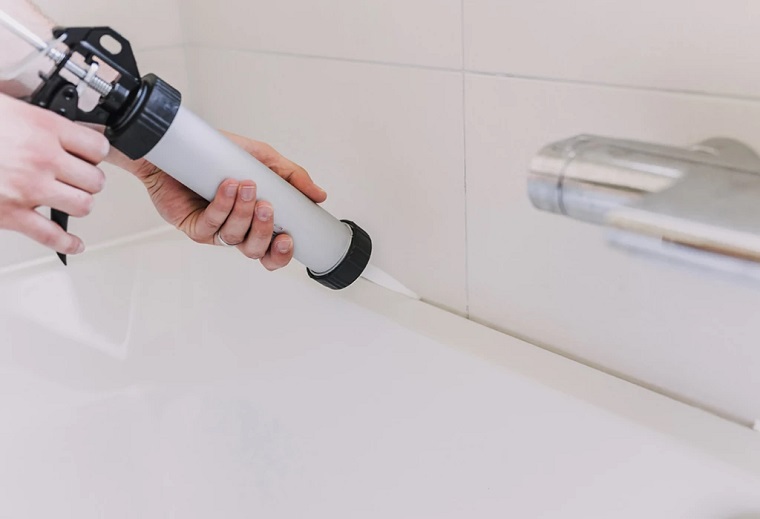
Silicone sealants are flexible, durable, and insulate homes from extreme cold and heat much better than other materials. Their stability at high and low temperatures gives them a level of durability that rubber sealants don’t provide.
Durable
Durability is a must in the construction industry. It doesn’t matter if you’re fixing a sink in your bathroom, or sealing the space between doors and windows – the goal is to make it last. Sealants will surely help you in that, as they form seals that are hard to force apart (especially if you get silicone sealants).
Look Great When Finished
The finish should look aesthetically pleasing and the sealants you use can provide just that. You can choose the colour so it matches the aesthetic in the area where you use them.
Excellent Thermal Stability
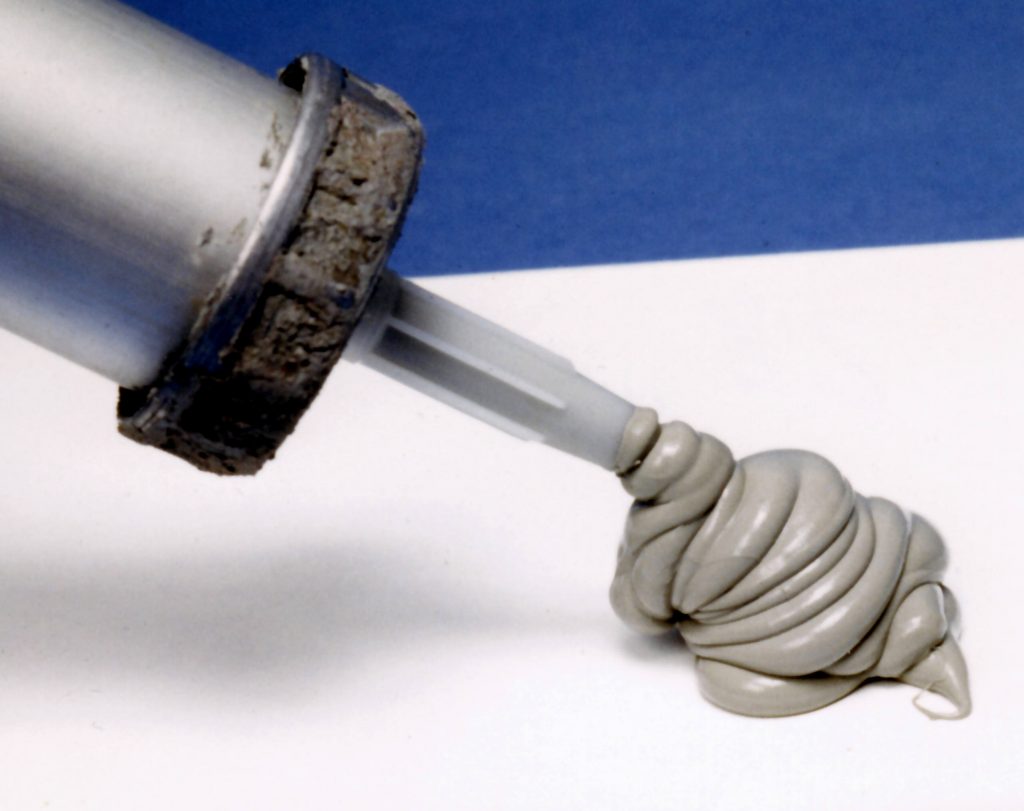
A sealant’s durability is connected to its ability to endure temperatures without reacting to them. No matter how extreme cold or heat the sealants are exposed to, they will endure. Their elasticity and flexibility allow them to endure temperatures that other materials aren’t able to.
Money-Saving
Using sealants will reduce the need for fixtures, jigs, clamps, and extra labour. Also, they allow for the thermal expansion of parts. The sealants will increase fatigue resistance. allowing for more durable products. You can afford greater design flexibility and provide the ability to join dissimilar substrates. Also, they will allow for thinner and lighter materials of construction, as well as high-speed assembly. Finally, you can afford the ability to realign the parts after their initial connection precisely.
Water-Repelling Material
Silicone sealants are water repellant. They will keep moisture and rain out of places where water shouldn’t enter. You can use them to fix cracks in the sink in your bathroom, or make tighter seals around glass doors or windows (you can also use them to fix aquariums).
As a proud Pisces known for the selflessness, Olivia joined up the blog fascinated by the idea she can help readers with info on topics and their related benefits like health and beauty, travel, food and drinks. When not writing, she likes to call it a day reading comic books in the company of her Tonkinese cat Chatty or binge-watching The Big Bang Theory with her SO like the nerd she is.

